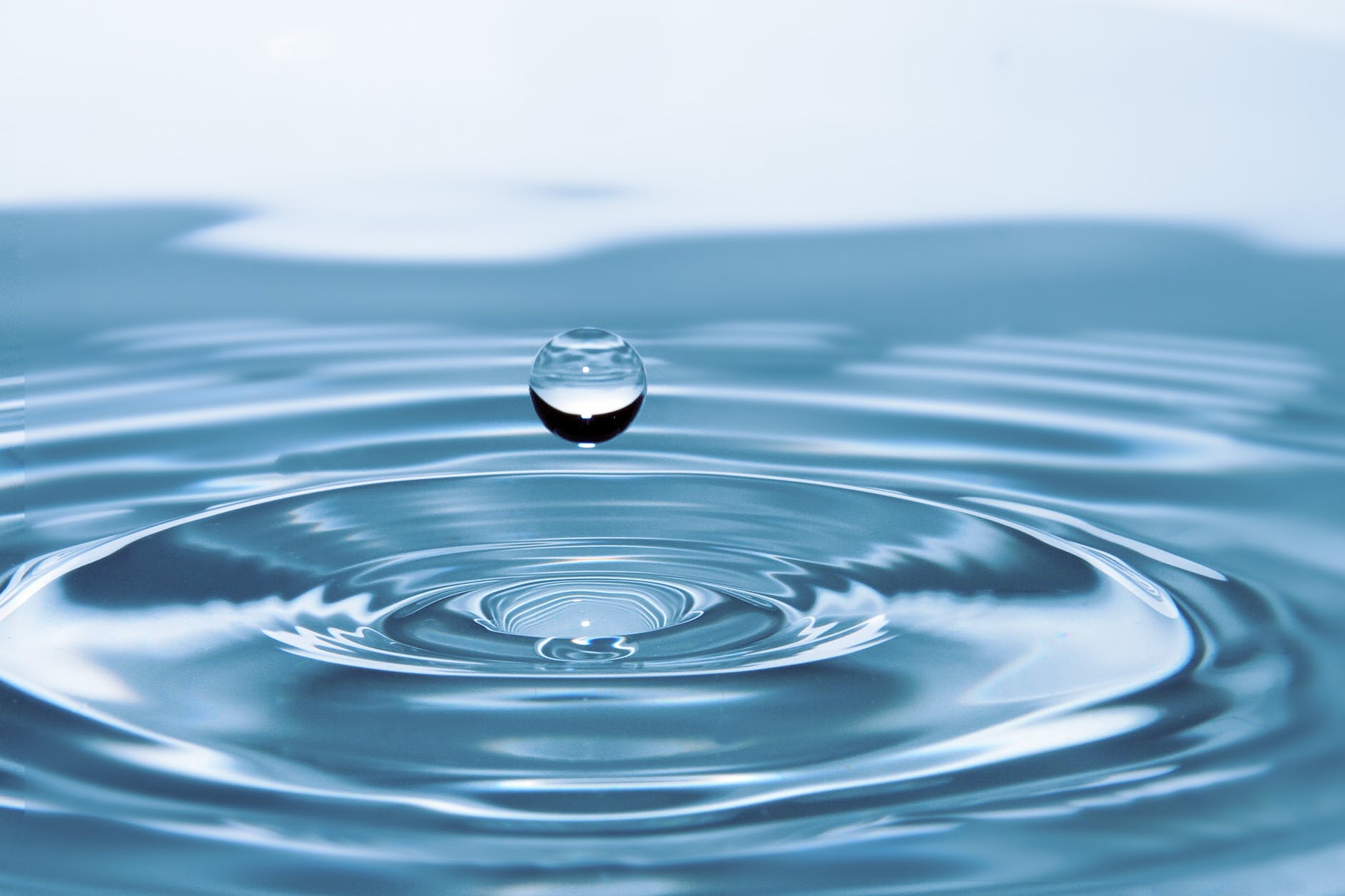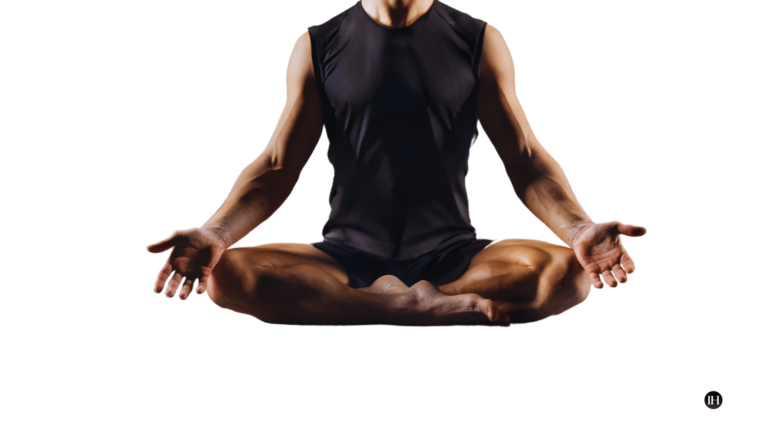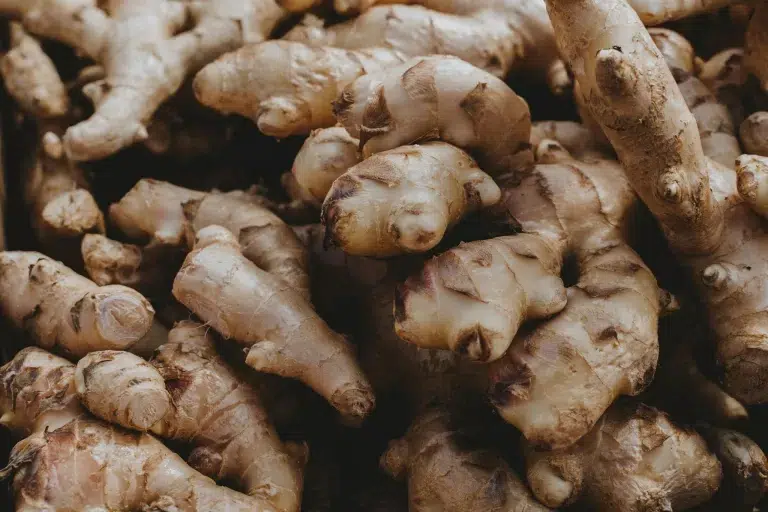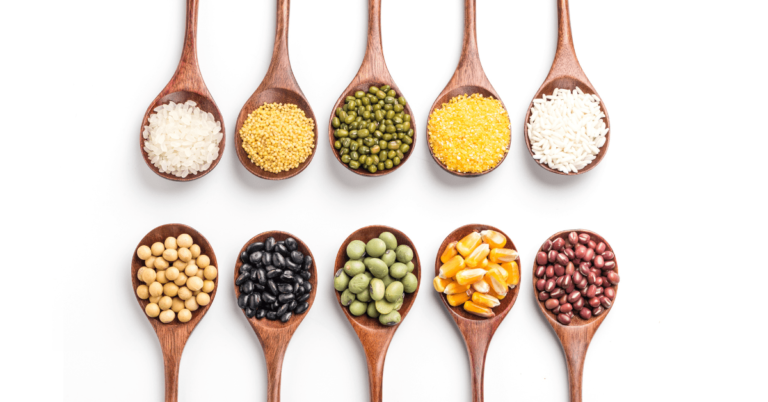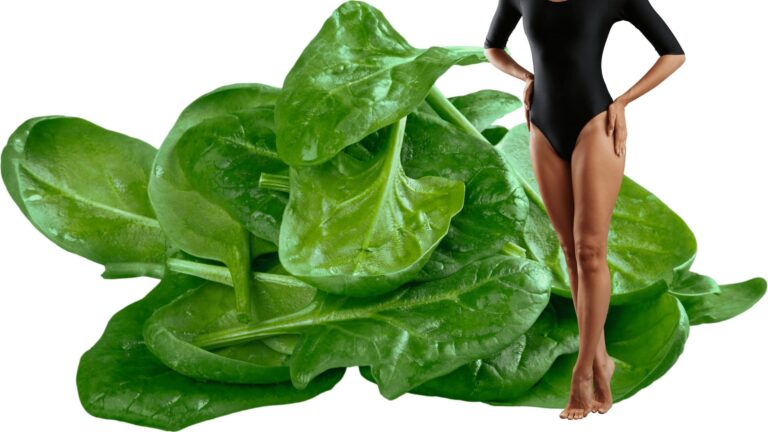Lukewarm Water: What Is It Helpful In And Why?
Lukewarm water, also known in Latin as Aqua Tepida, is a moderately warm water that is neither too hot nor too cold. Due to its comfortable temperature, it is commonly used for both internal and external therapeutic purposes.
The term “tepid” in Latin refers to a mild temperature.
Lukewarm water is a well-known therapeutic agent in traditional sciences. It has been associated with relieving various conditions, such as muscle pain, inflammation, and digestive issues.
It is known to help relax muscles and increase blood flow to particular areas, promoting healing.
Key Points
In this article, we will explore the therapeutic effects of lukewarm water and why it is used in integrative routines such as drinking water and hydrotherapy.
LukeWarm Water: Aqua Tepida
Lukewarm water is also known as “aqua tepida” in Latin phrase, which refers to water that is neither too hot nor too cold, but rather lukewarm.
Typically, it is moderately warm, ranging between 98°F and 105°F (or 36.5°C and 40.5°C).
In addition to lukewarm water, room temperature water is considered between 22°C to 25°C.
The temperature of lukewarm water can vary depending on the context and the intended use.
For instance, when used for bathing or showering, lukewarm water is typically warm enough to provide comfort and relaxation but not so hot as to cause discomfort or burns.
Historical Therapeutic Use
Lukewarm water for therapeutic purposes is traced back to ancient scientific applications.
Traditional Chinese medicine and Ayurveda, the ancient Indian system of medicine, both emphasise the significance of water therapy for maintaining good health and treating various ailments.
These principles often use lukewarm water to purify the body, promote relaxation, and improve circulation.
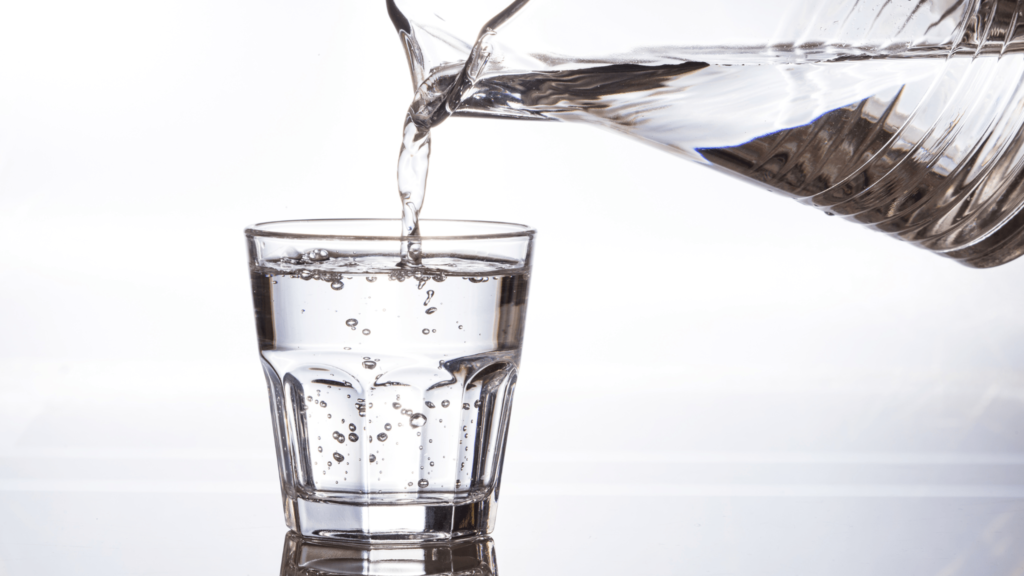
pH Level
The pH level of lukewarm water can vary depending on the source of the water.
However, in general, lukewarm water tends to have a pH of around 7, which is considered neutral.
The pH level of lukewarm water can be influenced by various factors, such as the source of the water, the treatment process used to create the temperature, and any additional substances that may be present in the water.
Therefore, it is possible that the pH level of lukewarm water can vary depending on these factors.
25°C Temperature
As per the Water Research Center’s Know Your H2O findings, the pH level of pure water (H2O) at a temperature of 25°C is 7.
This information is vital in various fields, including health and well-being, where a comprehensive understanding of water quality is essential because of its therapeutic uses.
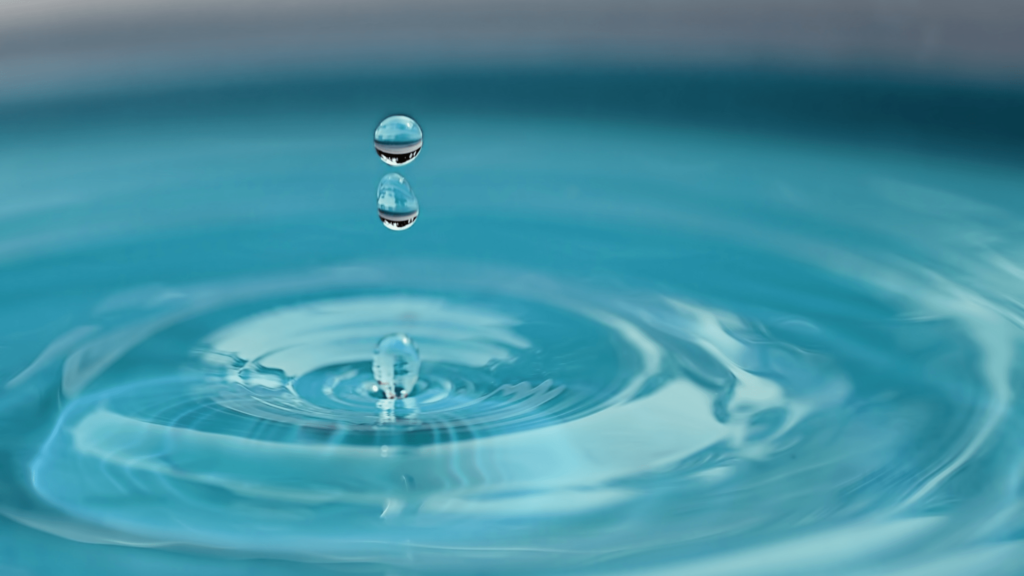
Therapeutic Use Lukewarm Water
Throughout history, lukewarm water has been celebrated for its therapeutic properties and is widely used in traditional medicine.
Subsequently, it is used as a therapeutic drink, and in external hydrotherapy settings.
| Internal Therapeutic Use | Hydrotherapeutic Drink |
| External Therapeutic Use | Hydrotherapy Immersion |
This is mainly because of its associated therapeutic effects on the human body.
These effects have been studied and recognised in traditional and modern sciences, particularly for their soothing, calming, cleansing actions.
Here are some of the therapeutic actions associated with lukewarm water:
| Soothing | Energising | Cleansing | Restoring |
| Stimulating | Penetrating | Healing | Clarifying |
An Example: A Sense of Soothing & Calming
The water’s temperature can create a comforting sensation that promotes a sense of calm and relaxation.
Subsequently, the warmth of the water can have a soothing effect on the body and mind, helping promote a sense of ease and stress relief.
Also, lukewarm water is a key ingredient in phytotherapeutic teas.
Interestingly, Lukewarm water is also considered helpful in general stress relief in traditional disciplines.
Furthermore, drinking small sips of lukewarm water may help soothe general stress as it diverts focus to its soothing effect—the warmth in temperature and neutral characteristics of the water help to encourage a sense of relief.
This can be particularly effective in colder months.
Application of hot water relaxes muscles and is used to treat arthritis, rheumatism, and sore muscles while cold water therapy stimulates the flow of blood in the skin.
Upendra Nagaich, D. (2016). Hydrotherapy: Tool for preventing illness. Journal of Advanced Pharmaceutical Technology & Research, 7(3), 69. https://doi.org/10.4103/2231-4040.184586
Case Study: Water-Induced Thermogenesis (Room Temperature Water)
In a study conducted by Michael Boschmann and colleagues, it was found that drinking 500 ml of water at 22°C significantly increased metabolic rate and energy expenditure.
This means the body had to work harder to warm the water to body temperature, thus burning more calories.
The study also suggests that water-induced thermogenesis, which produces heat in the body by drinking water, may play a role in regulating body weight and energy balance.
Therefore, drinking lukewarm water may help support efficient metabolism, decrease appetite, and affect weight management.
The full study can be found here: Michael Boschmann, Jochen Steiniger, Uta Hille, Jens Tank, Frauke Adams, Arya M. Sharma, Susanne Klaus, Friedrich C. Luft, Jens Jordan, Water-Induced Thermogenesis, The Journal of Clinical Endocrinology & Metabolism, Volume 88, Issue 12, 1 December 2003, Pages 6015–6019, https://doi.org/10.1210/jc.2003-030780.
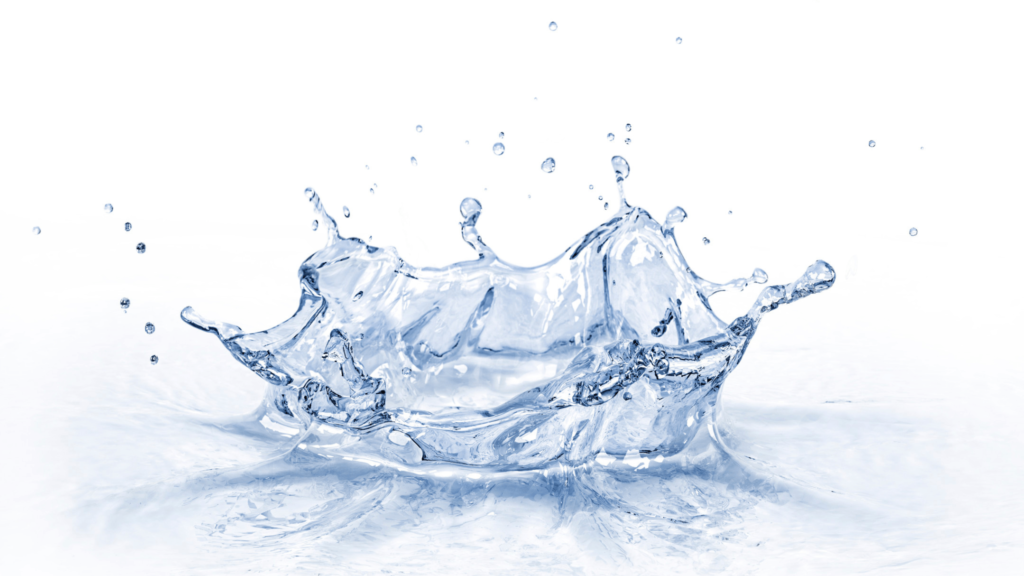
Traditional Sciences
Taking the view of Ayurvedic sciences, there is an acknowledged relationship between water temperature, internal body temperature, and metabolic influence.
For instance, the effect of cold water on Kapha vitiation and “putting out the digestive fire” is well-established.
This refers to reducing Agni (fire)-digestive power, which can lead to unhealthy weight gain when water is drunk at a cold temperature, at a certain time and over a period of time.
Interaction of Temperatures
It’s interesting to consider the two temperatures that play a role in lukewarm water drink.
One is the typical body-gut temperature, while the other is the temperature of the water itself.
Understanding how these two temperatures interact with each other is crucial to gaining a deeper understanding of the properties of lukewarm water.
In this respect, typical body temperature must be taken into consideration.
Typical Body Temperature
In terms of our body, temperature is a vital sign that helps maintain our body’s proper functioning.
It measures the internal heat generated by our body, which is regulated by the hypothalamus in the brain.
Most people’s typical body temperature ranges between 97.7°F and 99.5°F (36.5°C and 37.5°C).
Homeothermy (constant body temperature) and the metabolic system are interlinked, and both play a role in homeostasis (internal balance).
Gut Temperature
The typical temperature of the human gut is around 98.6°F (37°C), which is the same as the normal body temperature.
However, the temperature can vary depending on the location within the gut.
For instance, the temperature in the stomach can be more acidic and can range from 99°F to 103°F (37.2°C to 39.4°C) after eating a meal.
Additionally, the temperature in the small intestine and large intestine can be slightly lower, ranging from 97°F to 99°F (36.1°C to 37.2°C).
Room Temperature Or Lukewarm Water
It has been hypothesised that drinking lukewarm or room-temperature water may improve metabolic efficiency by virtue of its temperature being closer to that of the body and gut.
This means that the body may not need to expend as much energy to process the water as it would with cold water drinks.

Drinking Cold or Ice Water Frequently
When ice or ice water with a temperature of approximately 0°C is consumed in an environment where the average temperature is 37°C, the body responds differently.
Cold or iced water, when drunk, may constrict blood vessels, affect the body’s thermoregulatory mechanisms, and cause changes in metabolic rate.
These reactions are the body’s means of adapting to sudden temperature changes and maintaining internal homeostasis.
However, it is essential to note that hydrotherapy practices involving hot and cold water stimulate the body differently when compared to consuming water at different temperatures.
In this context, we consider the principles of homeothermy and the metabolic link.
Homeothermy & Metabolic Rate Link
The phenomenon of homeothermy (constant body temperature) and metabolic rate are intricately connected and mutually dependent.
Homeothermy refers to an organism’s ability to maintain a constant body temperature, while the metabolic rate is the rate at which the body expends energy (consumes energy).
These two concepts are critical to the body’s internal balance, as the body must maintain a certain level of energy expenditure to maintain a constant temperature.
Any disruption in one of these processes can significantly affect the body’s internal balance. Therefore, consumption of hot, warm, cold, or icy water will have different effects due to their temperature implications.
Limiting Factors: Balance Over Excess
However, this is susceptible to limitations as the frequency of water intake at a particular temperature has to be considered.
For example, the effect of an icy drink once in a colder month for a healthy individual would differ from that of an individual who frequently consumes iced water. In some instances, ice and cold water are used in pre-sports requirements.
The same applies to the Lukewarm water therapeutic drink.
Despite this, lukewarm water, although in terms of temperature, aligns more with the internal body temperature, is subject to method, suitability and as part of a well-balanced routine.

Ayurveda & Drinking Water Temperatures
A noteworthy correlation exists between the temperature of lukewarm water and gut health.
In Ayurvedic sciences, drinking cold water aggravates Kapha and, with frequent consumption, can cause unhealthy weight gain.
Interestingly, water is treated with temperature to aid and promote particular internal and external effects.
Lukewarm water can stimulate the digestive system and enhance the absorption of nutrients. It can also help relieve constipation and improve bowel movements.
However, it’s worth noting that the optimal drinking water temperature may differ from person to person depending on individual preferences and health issues.
Overall, Ayurvedic principles suggest that room temperature water is optimal for daily consumption.
An Example of Solid Fat In Cold Water
To illustrate the contrast between the impact of lukewarm and cold water, let’s take the example of solid fat, such as a spoonful of coconut oil.
When you put it in cold water, it stays solid and doesn’t dissolve quickly. Conversely, when you immerse it in warm water, it dissolves rapidly and becomes liquid.
The idea of using lukewarm water as a digestive aid and stimulant can be related to our body’s food processing. When compared to cold water, lukewarm water can help break down solid foods and make them easier to digest in terms of their physical form.
Therefore, consuming lukewarm water can have several benefits for digestion. This brings us to the insights of Agni and fire elements in Ayurvedic sciences.

Ayurveda Agni (Digestive Fire): The Gut
According to Ayurvedic sciences, the Agni, which is the bio-elemental factor located in the gut, carries a specific temperature.
This digestive fire is significant because it effectively digests and converts food into fuel and waste through its natural temperature and process.
As a result, our body and its various organs and systems receive quality nutrition through energy.
Therefore, the opposite temperature of Agni fire, i.e., cold, outside of its optimal temperature, can suppress the gut’s natural balance.
It further suggests that conflicting temperatures affect subsequent processes, such as proper digestion, energy uptake and distribution, and elimination and removal of waste.
Therapeutic Effects of Drinking Water Temperature
Drinking lukewarm water can have several internal therapeutic effects on the body.
Several studies have reported associated effects (listed in the reference section of this article):
- Soothing a sore throat: Lukewarm water can help reduce inflammation and irritation in the throat, providing relief from a sore throat. It may also help relieve mucus.
- Aiding digestion: Lukewarm water can stimulate the digestive system and promote the breakdown of food, leading to better absorption of nutrients and improved bowel movements.
- Improving blood circulation: Lukewarm water can dilate blood vessels and increase blood flow, delivering oxygen and nutrients to the body’s tissues more efficiently.
- Detoxifying the body: Lukewarm water can help flush out toxins from the body, promoting better overall health and well-being.
- Relieving muscle tension: Drinking lukewarm water can help relax muscles and alleviate tension, relieving pain and discomfort.
Therapeutic Effects of Applied Water Temperature
Water immersion positively affects various health outcomes, as per An, Lee, and Yi’s 2019 review titled “The Thermal Effects of Water Immersion on Health Outcomes.”
The study can be found at: https://www.ncbi.nlm.nih.gov/pmc/articles/PMC6479732/
According to Wijayanto et al. [27], warm water immersion therapy can help in the following:
- Luke warm water can help to improve blood circulation by dilating blood vessels.
- It can help to reduce muscle tension and promote relaxation.
- Hydrotherapy with lukewarm water can be an effective way to relieve joint pain and stiffness.
- It can help to improve range of motion and flexibility.
- The gentle pressure of the water can help to soothe sore muscles and promote healing.
- Luke warm water can be a great way to reduce stress and anxiety.
- It can help to improve skin health by promoting circulation and detoxification.
- Hydroptherapy with luke warm water can be a beneficial addition to a weight loss or fitness routine.
- It can help to improve sleep quality by promoting relaxation and reducing pain.
- Luke warm water hydroptherapy can be a great way to improve overall physical and mental well-being.
According to Bunt et al. [18], warm water immersion can slow down the progression of vascular pathologic changes like atherosclerosis. Additionally, it can enhance tissue oxygenation by increasing oxy-hemoglobin levels, and promote short-term brain function by increasing the levels of substances responsible for brain-cell genesis.
AN, J., Lee, I., and Yi, Y. (2019). The thermal effects of water immersion on health outcomes: An integrative review. International Journal of Environmental Research and Public Health, 16(7). HTTPS://DOI.ORG/10.3390/IJERPH16071280
Seasonal Therapeutic Use of Water Temperature
Luke warm water is a significant source of seasonal comfort, particularly as the weather transitions into the colder months.
This is due to the soothing quality of tepid water on the body, which can alleviate muscle tension and provide respite from the season’s harshness.
Whether indulging in a warm bath or a quick shower, the gentle warmth can be highly beneficial in calming the mind and promoting relaxation.
Therefore, lukewarm water can be considered a reliable source of seasonal support during colder weather conditions.
LukeWarm Water In Rehabilitation
During the rehabilitation process, lukewarm water is a commonly used medium.
It is ideal for individuals recovering from injuries or surgeries as it helps soothe sore muscles, reduce swelling, and provide a low-impact environment for exercise.
Moreover, water’s buoyancy can help reduce the strain on joints and muscles, making the rehabilitation experience more comfortable and practical.
Ayurveda Doshas: Vata & Kapha
According to Ayurveda, the temperature of water is crucial for the body. Different temperatures have different effects on the body.
It is recommended to consume water either at room temperature or lukewarm.
Drinking lukewarm water promotes balance by regulating the vata and kapha doshas.
When imbalanced, vata, associated with movement and dryness, can cause issues like constipation, anxiety, and insomnia.
Obesity, congestion, and depression may be linked with Kapha, which is associated with stability and moisture. Therefore, lukewarm water may help in balancing and cleansing.
| Vata | Kapha |
Summary
Water is a natural element that offers numerous benefits to our bodies, particularly in terms of its therapeutic effects.
While cold or icey water is used for several external hydrotherapy settings, room temperature or lukewarm water is considered favorable for drinking due to its gut temperature similarity.
Several factors must be taken into account before considering lukewarm water as a therapeutic drink or for hydrotherapy immersion. These factors include one’s health condition, age, and the specific purpose of the therapy.
Drinking lukewarm water can potentially provide various health benefits, such as improved digestion, enhanced metabolism, and support for weight loss.
However, the magnitude of these effects depends on several factors, including the frequency, temperature, and quantity of water consumed and an individual’s dietary habits. Therefore, it is essential to consider these factors when evaluating the potential advantages of drinking lukewarm water.
Precautions
Precautions and personal responsibility are crucial. Check the suitability of any therapeutic diet or wellness routine for any person, pregnant, with allergies or chronic health issues. Seek the advice of a professional.
This is an informational post only and does not constitute professional advice.
Informational Video: Lukewarm Water & Its Therapeutic Effects
References in this article
- Michael Boschmann, Jochen Steiniger, Uta Hille, Jens Tank, Frauke Adams, Arya M. Sharma, Susanne Klaus, Friedrich C. Luft, Jens Jordan, Water-Induced Thermogenesis, The Journal of Clinical Endocrinology & Metabolism, Volume 88, Issue 12, 1 December 2003, Pages 6015–6019, https://doi.org/10.1210/jc.2003-030780
- An, J., Lee, I., & Yi, Y. (2019). The Thermal Effects of Water Immersion on Health Outcomes: An Integrative Review. International Journal of Environmental Research and Public Health, 16(7). https://doi.org/10.3390/ijerph16071280
- Wang, Q., Fu, W., Guo, Y., Tang, Y., Du, H., Wang, M., Liu, Z., Li, Q., An, L., Tian, J., Li, M., & Wu, Z. (2019). Drinking Warm Water Improves Growth Performance and Optimizes the Gut Microbiota in Early Postweaning Rabbits during Winter. Animals : An Open Access Journal From MDPI, 9(6). https://doi.org/10.3390/ani9060346
- Chevalier, Claire et al. “Gut Microbiota Orchestrates Energy Homeostasis during Cold.” Cell vol. 163,6 (2015): 1360-74. doi:10.1016/j.cell.2015.11.004
- Landsberg, L., Young, J. B., Leonard, W. R., Linsenmeier, R. A., & Turek, F. W. (2009). Do the Obese Have Lower Body Temperatures? A New Look at a Forgotten Variable in Energy Balance. Transactions of the American Clinical and Climatological Association, 120, 287-295. https://www.ncbi.nlm.nih.gov/pmc/articles/PMC2744512/
- Piaggi, P. (2019). Metabolic Determinants of Weight Gain in Humans. Obesity (Silver Spring, Md.), 27(5), 691. https://doi.org/10.1002/oby.22456
- Mishima, Yuko et al. “Gastric emptying of liquid and solid meals at various temperatures: effect of meal temperature for gastric emptying.” Journal of gastroenterology vol. 44,5 (2009): 412-8. doi:10.1007/s00535-009-0022-1
- Hosseinlou, A., Khamnei, S., & Zamanlu, M. (2013). The effect of water temperature and voluntary drinking on the post rehydration sweating. International Journal of Clinical and Experimental Medicine, 6(8), 683-687. https://www.ncbi.nlm.nih.gov/pmc/articles/PMC3762624/
- Upendra Nagaich, D. (2016). Hydrotherapy: Tool for preventing illness. Journal of Advanced Pharmaceutical Technology & Research, 7(3), 69. https://doi.org/10.4103/2231-4040.184586

